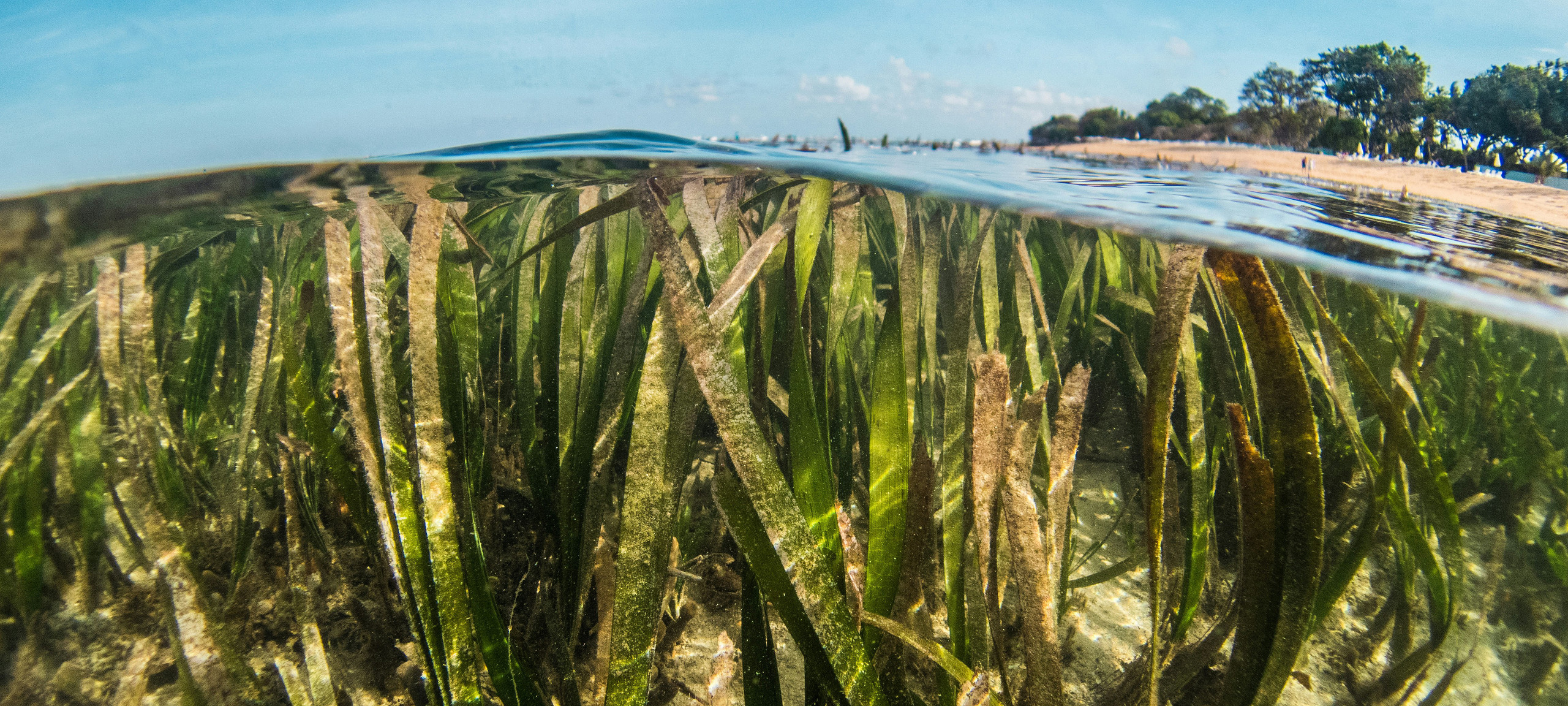
© Benjamin Jones / Unsplash
WORLD OCEAN REVIEW: The idea of greening the ocean
Artificial upwelling − the verdict: “of limited utility”
Algae, zooplankton and fish are prime drivers of what is termed the biological carbon pump. This natural process needs nutrients to function properly. Such nutrients, however, are lacking in many places, notably in sunlit surface waters. Pumping up nutrient-rich deep ocean water could remedy this nutrient deficiency. Whether such a step would actually increase the ocean’s natural uptake of carbon is uncertain.
“Artificial upwelling” is the term used to describe processes that aim to transport nutrient-rich deep ocean water to the sea surface in order to boost the growth of microscopic algae and thus the ocean’s bio- logical carbon pump. This would store a certain proportion of the now newly formed biomass in the depths of the ocean and lock away the carbon it contains for several decades to centuries.
There is also a high degree of uncertainty as to the technical means by which artificial upwelling can be generated on a climate-relevant scale.
World Ocean Review
However, to function as a negative emission technology the boosted food web must bind and sequester more carbon in the depths of the ocean than outgasses at the surface from the mostly carbon dioxiderich deep ocean water upwelled to the surface – a requirement that can presumably only be met under very specific conditions, which is why the potential for additional carbon dioxide removal is rather low.
Fig.: A variety of methods can be used to generate artificial upwelling. One idea is to deploy tube-like wave pumps in the ocean. They have a surface buoy at the upper end that rises and falls, following the wave motion. The motion transfers to a pump in the upwelling tube which then lifts the deep ocean water to the surface.
There is also a high degree of uncertainty as to the technical means by which artificial upwelling can be generated on a climate-relevant scale and what risks the processes entail for the marine environment – especially for the numerous biotic communities at mid-depths and in the deep ocean. Uncertainties also surround the regulatory framework that would be required for large-scale deployment, precisely because the use of many pumps would presumably severely restrict other forms of marine use.
Fig.: With this system, consisting of a solar-powered platform, air-injection tubes and numerous nozzles, Chinese scientists succeeded in transporting nutrient-rich deep water to the sea surface in an overfertilized marine bay. As a result, not only did the farmed macroalgae grow better, but the issue of eutrophication also diminished.
From: World Ocean Review No. 8, 2024, Hamburg.
So far, the use of artificial upwelling would appear to only make sense and be economically worthwhile as an aid in kelp farming. The artificially generated nutrient input from the depths increases the growth of the macroalgae and helps them to absorb more carbon dioxide and bind more carbon in their biomass.
Published with the kind permission of maribus gGmbH.
mareverlag founded the non-profit organisation maribus in 2008 to raise public awareness of marine science and thus contribute to more effective marine protection. The focus is not on commercial considerations, but solely on raising awareness of marine issues. The World Ocean Review is a unique publication on the state of our oceans, reflecting the current state of science. All WOR issues can be ordered free of charge or downloaded as PDF files: https://worldoceanreview.com/en/
© maribus gGmbH
Acquire article rights
